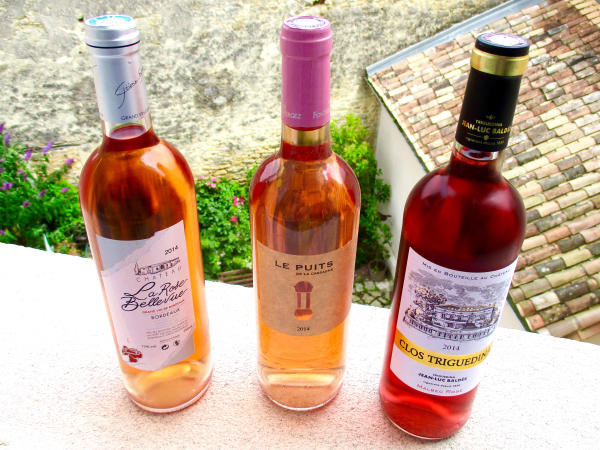
Welcome to Summertime…
July 4th kicked off mid-summer in the US, while Bastille Day – July 14th – will soon do the same here in France.
First – my other wine/food blog posts for ForbesLife can be accessed by clicking here.
Second – last week I visited, with friends Les Kellen and Clarissa Schaefer, the cities of Nice, Villefranche-sur-Mer, and Monte Carlo along the French Riviera for the eye-opening art exhibit of neighbor, friend, and artist Thierry Bisch. Thierry was commissioned by Prince Albert II of Monaco to paint 20 images of endangered wildlife from throughout the world. The Prince’s Foundation invited us to Monte Carlo to celebrate the 10 year anniversary of its efforts, during which it has funded 370 projects throughout the world (including Solar Impulse and actions to help save the Mediterranean Blue Fin Tuna).
While on the riviera, friends and I tasted several wonderful Provencal rosé wines.
After returning home to Bordeaux, I compared four local rosés against those from the Côtes d’Azur. Together with wine aficionado, wine judge, restaurateur, wine store owner, vineyard proprietor and entrepreneur Les Kellen – we sat in the sun on this 4th of July Monday and uncorked lunchtime bottles before plates of smoked trout, smoked tuna, oysters from the Bay of Arachon and chunks of bread ripped apart from a baguette.
Two of the rosé wines were exclusively Malbec, and all wines included 13% alcohol.
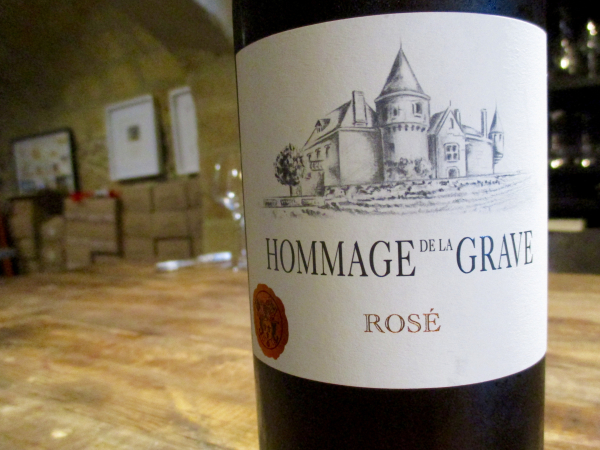
Here’s the scoop:
2014 Château La Rose Bellevue (75% Merlot, 25% Cab Sauv, 5% Cab Franc)
This wine from 20-year-old vines provides easy summertime drinking, and has more fruit and flowers than minerals. The acidity pairs well with smoked tuna and seafood. Relax and enjoy this – poolside if possible – on a July or August afternoon, or while having pre-dinner drinks with great friends, excellent food, and casual conversation. This balanced and polished wine comes from a producer consistent with quality.
2014 Le Puits de la Cassagne (100% Malbec)
Don’t laugh, but there’s a surprising and beautiful taste of crunchy buttered toast here with a hint of citrus. The wine is zesty, tense and well crafted. It’s not as seductive or seaside mellow as a Provencal rosé because it’s fiery. Forget about lazy afternoon drinking with this puppy: pop the cork when you’re revving up for action like a power evening after Bastille Day celebrations.
2014 Clos Triguedina Malbec Rosé (100% Malbec)
This is from east of Bordeaux – in the country of Cahors with typically chalky, tannic wines. “From Cahors, but in the style of a claret,” Les said after tasting this dark pink rosé. The wine has decent, balanced acidity – just right for knocking back while eating a plate of fresh oysters. This is beefier than Bordeaux rosés, but has a smooth and longer than expected finish. Beware ladies – there’s attractive wildness to this elixir you may find compelling.
2015 Château de la Grave Hommage Rosé
Full in the mouth, this rosé includes doses of citrus that provide balanced acidity. “In the style of Provence,” Les declared, while swirling a glass above a plate of seafood. This well-balanced beauty is also well priced. Within my Bordeaux hometown, it has become a reliable staple.
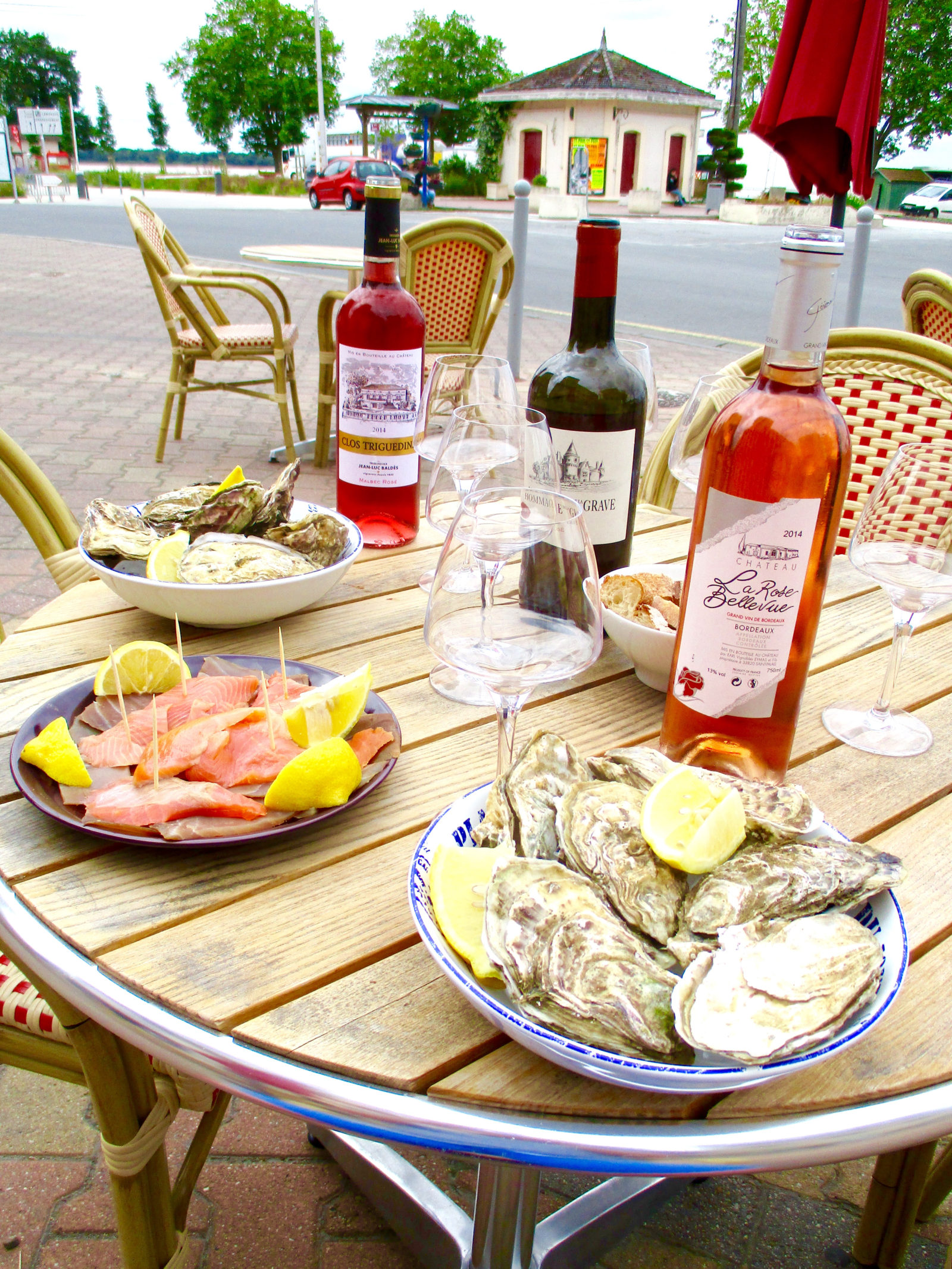
Conclusion
Comparing Bordeaux and Cahors rosés to those from Provence – here are conclusions:
These summer wines may lack precision and finesse of Provencal rosés: their acidity is more dominant and the fruits jumpier. But for price versus quality, the value is excellent (they also match well with seafood).
La Rose Bellevue and de la Grave are classic rosés, well-balanced with slightly tart (de la Grave has punchier fruit, while Bellevue has a cleaner taste of citrus).
Matching Provence against Bordeaux and Cahors rosés is like comparing a Vermeer painting to a Jackson Pollock, or a gothic flying buttress to a Romanesque vaulted arch, or the temperate Mediterranean climate to more moody Atlantic afternoons. The terroir – where wine reflects location – differs.
How the grapes of Provence grow and acquire eventual taste depends less on topography (mountains and valleys) than on climate – which is steadier in the Mediterranean. Similarly, grapes in flatland Bordeaux are jolted by jabs and spikes of temperature – hazy mornings followed by full throttle sunny afternoons. After tasting multiple bottles of rosé and taking a jaunt across France I learned that – regarding the fingerprint of terroir (and how these wines consequently taste) climate trumps topography.
**
A few recent and well written articles about rosé wines include Rosés From Provence by Eric Asimov of The New York Times, and Nick Passmore’s 20 Top Rosés For Summer 2016.
Again, my latest posts on ForbeLife are here.
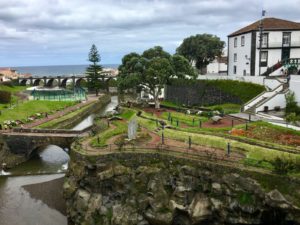

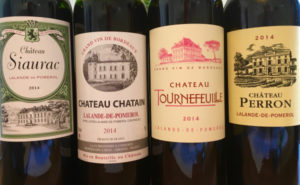
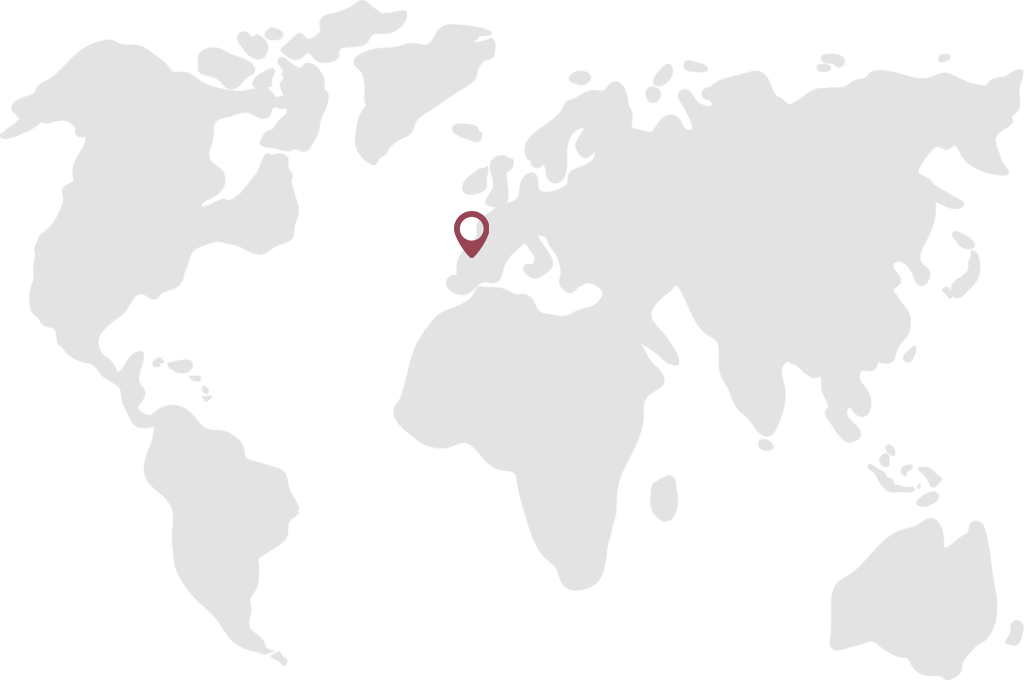
Lisa Hazard
7 Jul 2016Happy Bastille Day in Blaye Tom!
Fantastic Forbes article….I would love
to go to the French Riviera!
Lisa
vinoexpressions
8 Jul 2016Thanks Lisa! Glad you enjoyed the article…Riviera is nice, like Southern California in many ways.